Central bank governor pens letter explaining inflation rate
The National Bank of Serbia (NBS) has informed the government and PM Ivica Dačić about the measures it has taken so far regarding the inflation rate.
Tuesday, 22.01.2013.
15:21

BELGRADE The National Bank of Serbia (NBS) has informed the government and PM Ivica Dacic about the measures it has taken so far regarding the inflation rate. It also "pointed to the steps that need be taken to ensure a low and stable rate" Central bank governor pens letter explaining inflation rate In a letter sent to the government in line with the agreement on inflation targeting, the NBS explained why inflation had moved above the upper bound of the target tolerance band and pointed to a period when the inflation rate could return to within the tolerances specified. “The full effect that the monetary policy measures taken so far will have on inflation is yet to show and the NBS will see whether it is necessary to further tighten the monetary policy in the coming period,” NBS Governor Jorgovanka Tabakovic said in the letter. The NBS Executive Board said that inflation growth in the previous period was due primarily to a food prices surge, depreciation of the national currency and effects of increasing the value added tax and excise duties, Belgrade-based daily Blic has quoted Tabakovic as saying. The large amount of public expenditure in an election year and unfavorable trends in the international environment also helped inflation grow, she said. The NBS governor said that the contribution of food price increases in the 9.5 percent inter-annual inflation growth measured from April to December 2012 had been 6.6 percentage points. This means that inflation in that period was decisively influenced by the growth in food prices, which resulted from low agricultural production caused by the long drought and a significant increase in world prices of primary agricultural products and also by specific situation in Serbia's food market, said Tabakovic. She said that inflation in Serbia was particularly sensitive to food price given the participation of food prices in the consumer price index of 38.8 percent. In addition, the existing systemic solutions make food prices in Serbia much more volatile than those in the neighborhood, which is evident from their rapid growth in this period, Tabakovic said. She pointed out that the pace of return of the inflation rate to within the target tolerance band would largely depend on the coming agricultural season - if the season was of an average production, a substantial reduction in inflation was to be expected as early as the second quarter of 2013. “A worse-than-usual agricultural season could slow down the inflation reduction process,” warned Tabakovic. Proceeding from the fact that the nature of the current inflationary pressures are primarily due to the food market instability, the NBS told the government and the prime minister that systemic measures to help stabilize the market and reduce volatility in food prices should be determined and promptly implemented. Jorgovanka Tabakovic (Beta, file) Blic Tanjug
Central bank governor pens letter explaining inflation rate
In a letter sent to the government in line with the agreement on inflation targeting, the NBS explained why inflation had moved above the upper bound of the target tolerance band and pointed to a period when the inflation rate could return to within the tolerances specified.“The full effect that the monetary policy measures taken so far will have on inflation is yet to show and the NBS will see whether it is necessary to further tighten the monetary policy in the coming period,” NBS Governor Jorgovanka Tabaković said in the letter.
The NBS Executive Board said that inflation growth in the previous period was due primarily to a food prices surge, depreciation of the national currency and effects of increasing the value added tax and excise duties, Belgrade-based daily Blic has quoted Tabaković as saying.
The large amount of public expenditure in an election year and unfavorable trends in the international environment also helped inflation grow, she said.
The NBS governor said that the contribution of food price increases in the 9.5 percent inter-annual inflation growth measured from April to December 2012 had been 6.6 percentage points.
This means that inflation in that period was decisively influenced by the growth in food prices, which resulted from low agricultural production caused by the long drought and a significant increase in world prices of primary agricultural products and also by specific situation in Serbia's food market, said Tabaković.
She said that inflation in Serbia was particularly sensitive to food price given the participation of food prices in the consumer price index of 38.8 percent.
In addition, the existing systemic solutions make food prices in Serbia much more volatile than those in the neighborhood, which is evident from their rapid growth in this period, Tabaković said.
She pointed out that the pace of return of the inflation rate to within the target tolerance band would largely depend on the coming agricultural season - if the season was of an average production, a substantial reduction in inflation was to be expected as early as the second quarter of 2013.
“A worse-than-usual agricultural season could slow down the inflation reduction process,” warned Tabaković.
Proceeding from the fact that the nature of the current inflationary pressures are primarily due to the food market instability, the NBS told the government and the prime minister that systemic measures to help stabilize the market and reduce volatility in food prices should be determined and promptly implemented.












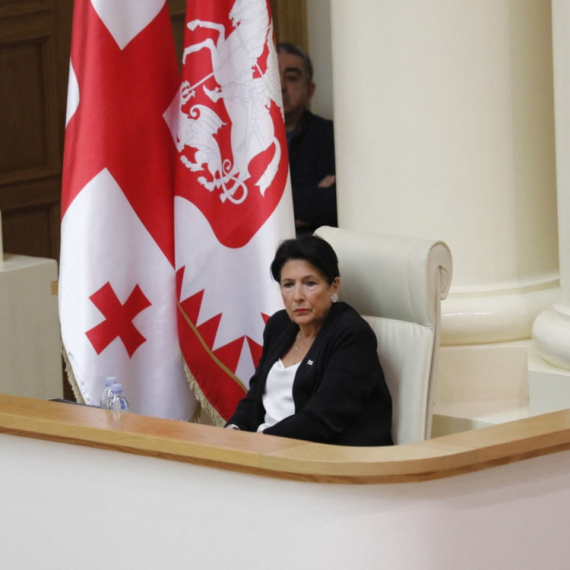















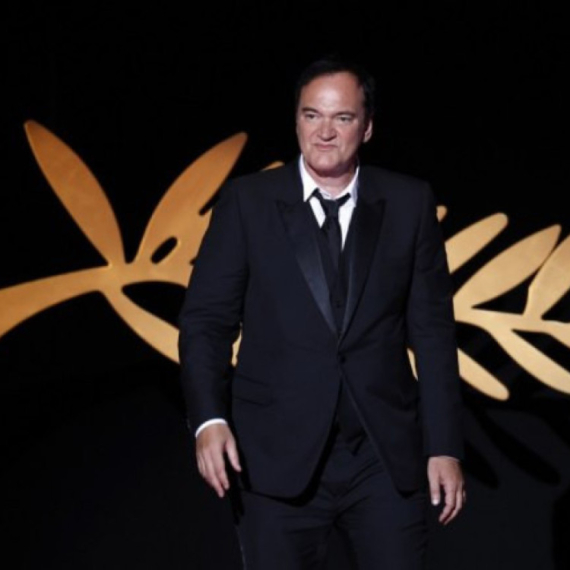







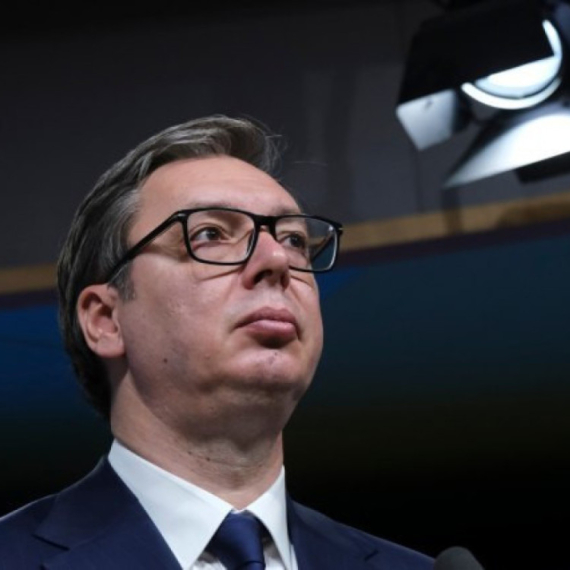

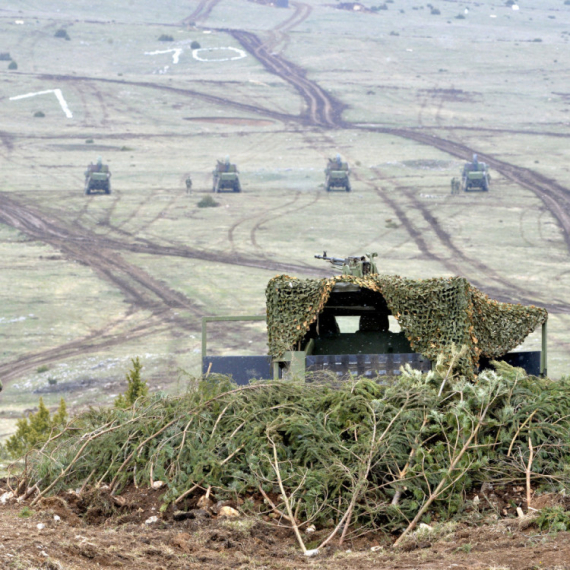
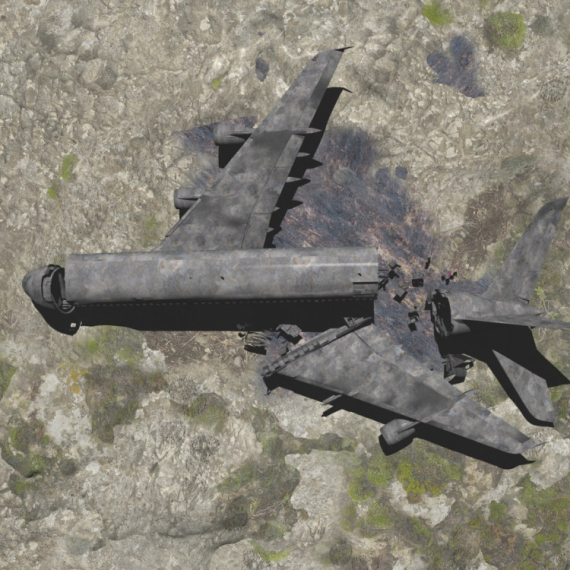
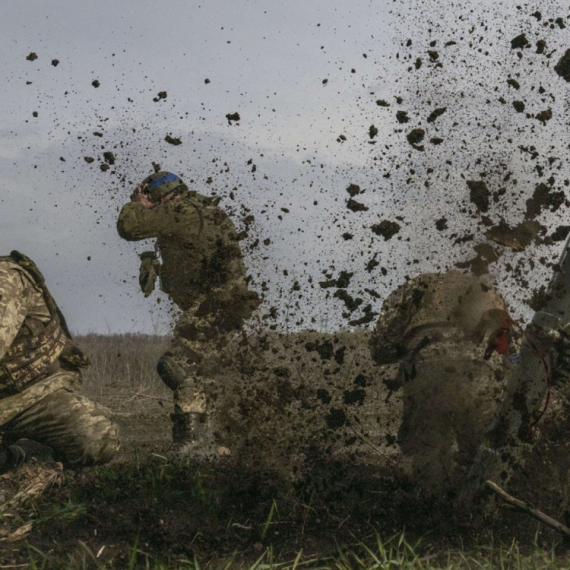




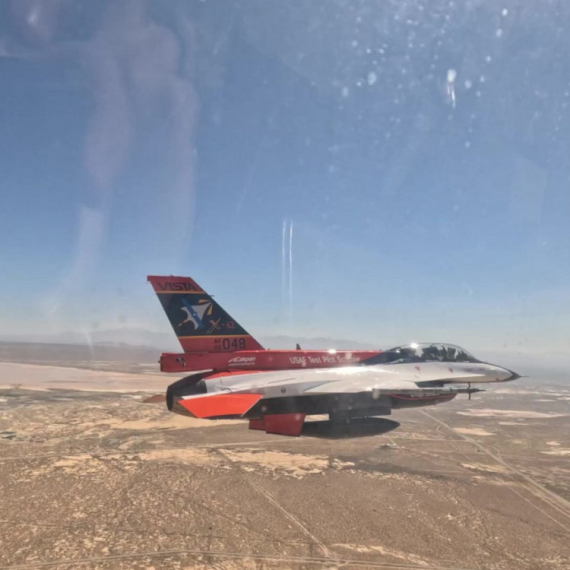






Komentari 2
Pogledaj komentare